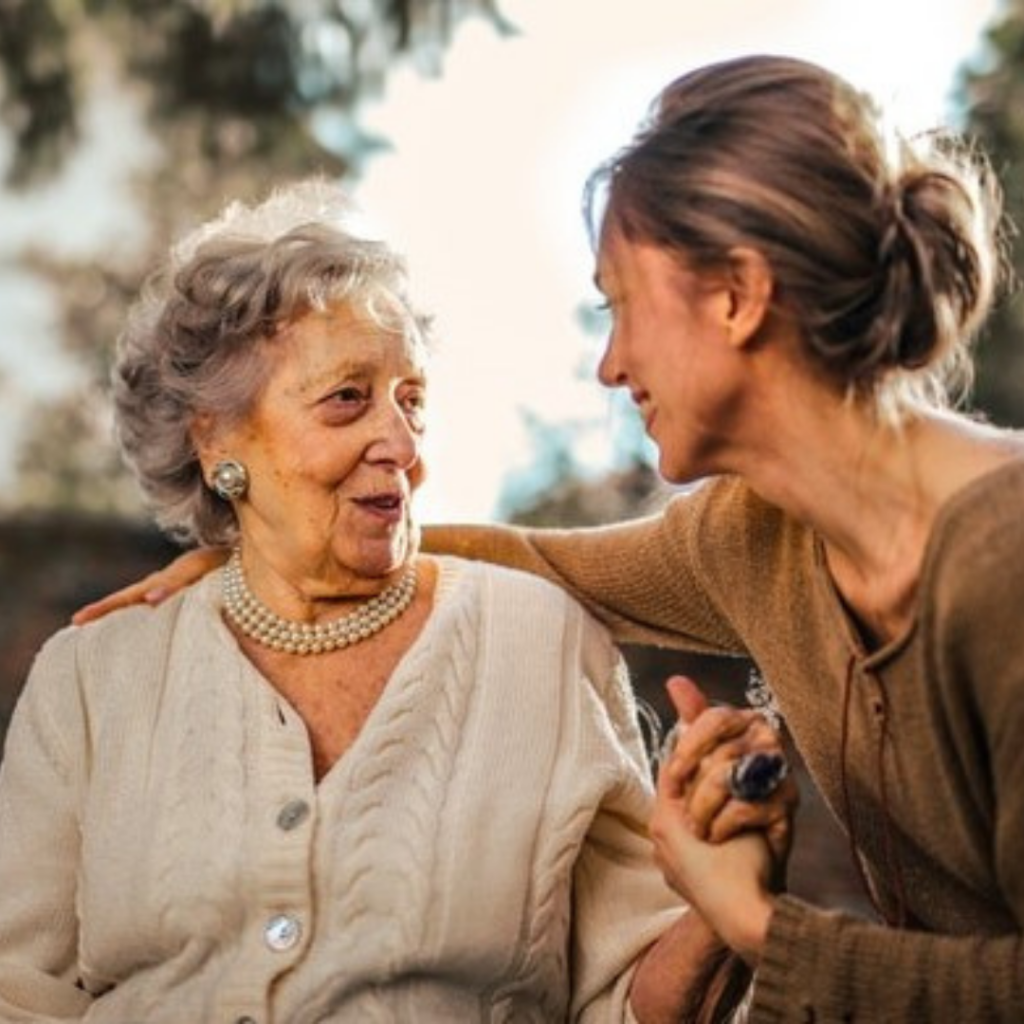A guest blog by William Cotrone, NJAAW intern
As the global population continues to grow/age, appropriate housing for older adults is now more important than ever. Most of NJ’s current housing stock was built for young able-bodied adults and nuclear families.
Currently, 30% of homeowners in the US are single and live alone. By 2030, 20% of the US population will be considered “senior citizens,” and most older adults would prefer to live in their own homes for as long as possible. But what if their home is not designed to accommodate them as they age? Fortunately, there are solutions.
Staying in Your Home
Adaptations and renovations can allow people to stay in their homes safely for longer.
For example, AARP has a free HomeFit Guide that explains how to incorporate universal design principles and products into homes, which are safe and easy to use. Most of the elements in the guide can be done without professional assistance
Another option is to hire either an occupational therapist (OT) or physical therapist (PT) who is also a Certified Aging-in-Place Specialist (CAPS). These individuals can make recommendations on how to repurpose your home to reflect your functional, mobility, and cognitive needs so that you can live safely and comfortably.
A CAPS will examine such things as the entry and/or foyer (Is it clutter free? Is there a rug that could cause a person to slip and fall? Is there enough light?). If an individual requires a mobility device such as a walker or wheelchair, are doorways and hallways wide enough to pass? In the kitchen, a CAPS will scrutinize chair height so that sitting and rising are made easier, floor space so that mobility devices can pass, lighting to assist people with visual challenges, etc.
Probably the most important place to have examined is the bathroom, especially since 80% of falls occur here.
Probably the most important place to have examined is the bathroom, especially since 80% of falls occur here. A CAPS can make recommendations on toilet height, grab bars, slip mats or bathroom chairs for the shower area.
For the rest of the house, stairs should be well lit and have handrails. Another option is a chair lift to take older adults up and down. Smart technology devices might also be beneficial for such functions as turning on the lights or a faucet.
For outside the home, thoughtful landscaping or therapy gardens make a great addition. Engaging with nature has an immense list of health benefits, so make an outdoor space age-friendly. Comfortable furniture for the patio area, safe walkways, good lighting and smart technology increase the ability to enjoy outdoors safely.
Getting Help in the Home
Knowing when help is needed and how to find it can be challenging. One option is to hire assistance directly or via an agency. While Home Health Care (HHC) covers skilled support services (including RN/PT/OT) and is usually paid for by Medicare or insurance following a hospital stay or during recovery, older adults may need a lower level of care to assist them with activities of daily living (ADLs). These services, such as toileting, bathing, dressing, eating, moving, and grooming, can be provided by Certified Home Health Aides (CHHAs). However, CHHA services often have very limited insurance coverage, leaving most people to pay out of pocket.

When deciding what type of provider to employ, consider the following: A family member/caregiver who hires privately may save money, but the “employee” might not have the proper skill set or be insured. Engaging an agency is more expensive. However, such added benefits as knowing that the agency has supervision, specific hiring requirements, insurance, licensed staff, and compliance policies, are often worth the extra cost.
Another option is Adult Day Care. These programs provide care and companionship for older adults who need assistance or supervision during the day. This provides caregivers with a much-needed break and allows them to go to work, school, do housekeeping, etc. Research has shown that social interaction in a Day Care setting improves an older adult’s mental, physical and emotional health as well as reduces the risk of developing depression and dementia.
Finally, for people who need more help or are near nursing-level care, PACE (Program of All-inclusive Care for the Elderly) programs allow people to remain at home. While limited geographically, the number of PACE programs in NJ is increasing. More information can be found here.
Residential Options
When staying in one’s home is no longer possible, what are the options to choose from and how does one assess them?
First, independent living is an option for older adults who do not have severe physical or cognitive challenges. An independent living environment usually includes age-friendly features like grab bars, walk-in showers, emergency response services, community dining, age-appropriate entertainment, transportation services, etc. They are relatively affordable at market prices and many are designated as “affordable housing.” If needed, home care, paid by the resident, can be arranged.
The next option is assisted living. Residents of an assisted living community tend to have physical or cognitive challenges but are still able to retain some autonomy. Assisted living units are often smaller than independent living settings because they lack some of the customary rooms of a typical house, like a kitchen. Staff can help residents with ADLs and medication management.
The third option is a long-term care (LTC) facility or a traditional “nursing home,” which provides shelter and around-the-clock care for people with ADL and health difficulties. Reasons for seeking LTC might include that a person suffered a severe injury or medical emergency and needs rehabilitation to return home, or their physical/mental state is diminishing, which could make them susceptible to injuries or illnesses. Long-term care facilities can also provide hospice care and many offer memory units.
Pulling these options together is the “Life Plan Model,” also known as a Continuing Care Retirement Community (CCRC). Residents can transition their living situation and care level without having to transfer out of the facility. For example, a typical transition might be going from independent living to assisted living or independent living to rehabilitation. This may be the appropriate option for couples where one needs care services and the other doesn’t.
For all of the options in getting help in the home, or relocating to an age-focused place, it is important to plan ahead.
For all of the options in getting help in the home, or relocating to an age-focused place, it is important to plan ahead. Unless related to a hospital stay, Medicare does not pay for home care or long-term care. If someone qualifies for Medicaid or affordable housing, eligibility should be established as early as possible. Long-term care insurance or private insurance may cover some costs, but most people will be paying out of pocket.
Aging is like the weather. You can plan for it, and anticipate what will happen, but you won’t know until it actually happens. Like the weather, aging and finances can change unexpectedly. Older adults deserve to live with dignity and comfort. They deserve affordable, appropriate and accessible housing and must plan ahead and know their options.
Click here for a summary of NJAAW’s Housing Series and links to the four recorded sessions.
William Cotrone recently graduated from Bates College with a degree in psychology and is and future medical student (hopefully in a field related to aging). He previously interned at senior residential sites in Lewiston, ME.

